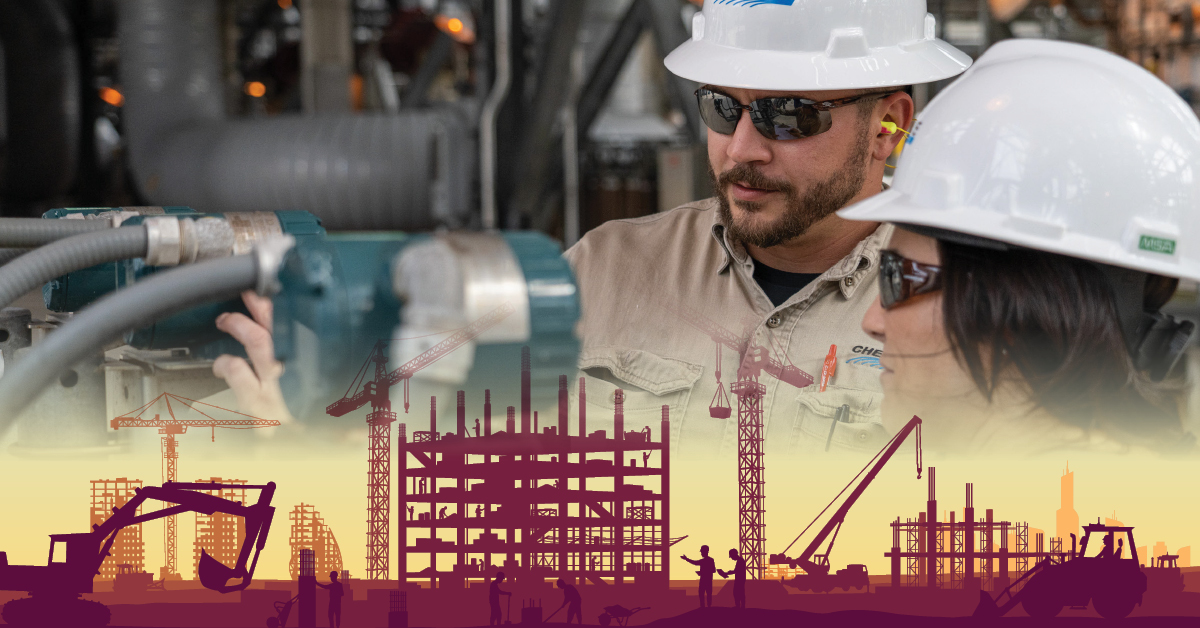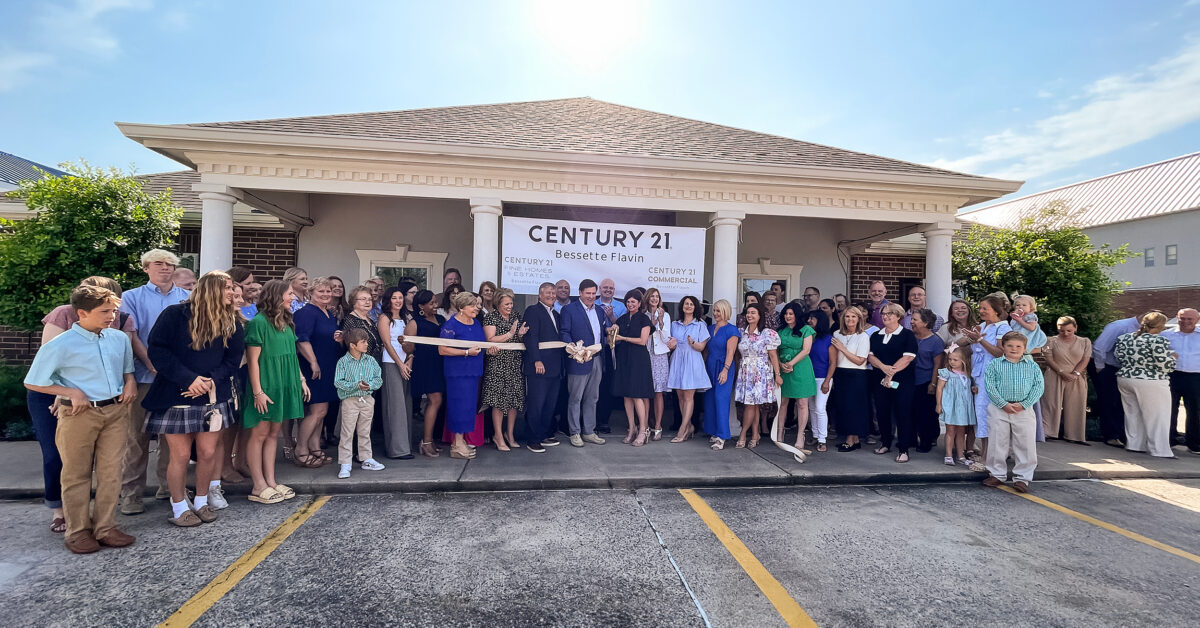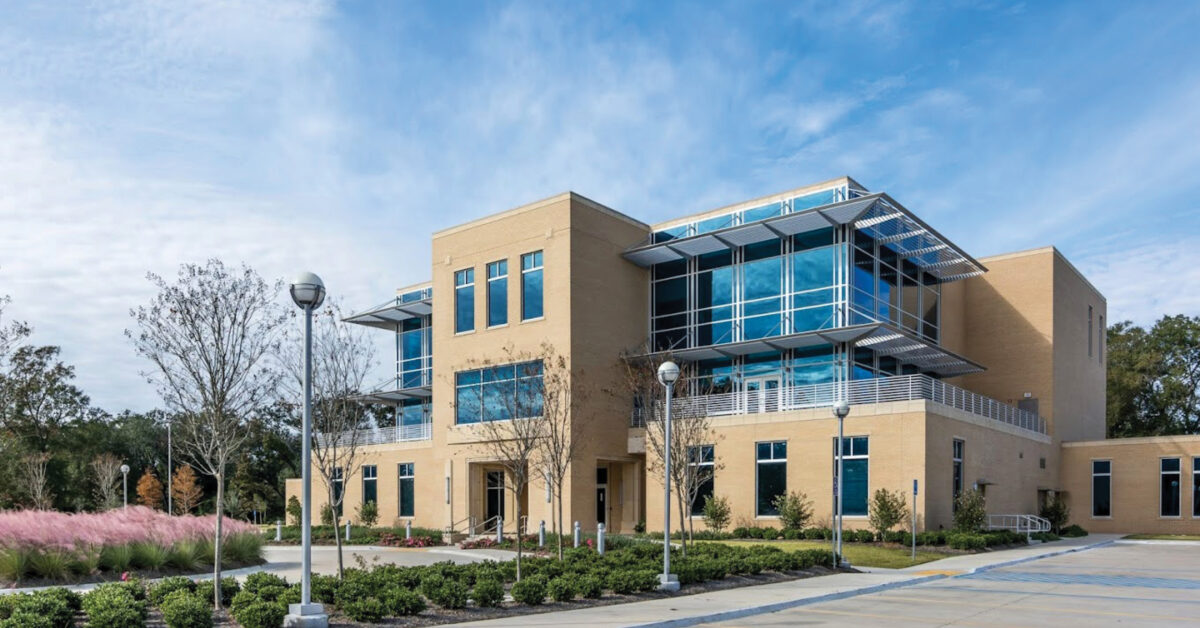
Medical Marijuana FAQs
March 2024
SWLA/SETX Spring Festival Planner
March 2024by Angie Kay Dilmore
Most people in Southwest Louisiana are aware that the local industries are the primary driver of our thriving SWLA economy. We hear the names in the news . . . Citgo, Phillips 66, Westlake Chemical, Sasol, etc. . . and we see them there – can’t miss them – as we drive along I-10 from Lake Charles through Sulphur. They make a statement! But unless someone is employed by one of “the plants” or is close to someone who works in the industries, not everyone fully understands what each business does, what they manufacture, and why such a wide variety of industry-related businesses are integral to the livelihood of our community. Our goal in this year’s annual Economic Update is to help our readers better understand the roles our many industries play in our local economy. You’ll also find exciting news on tourism, community development, and information on the organization that ties the threads of our business community together – the SWLA Economic Development Alliance.
Southwest Louisiana was initially built on its lumber trade, but industrial manufacturing has evolved over the decades. It began in the 1940s out of necessity as the United States needed more petroleum and other products to support the war effort. Today, the Calcasieu Ship Channel, along with the many industries that flank its banks, is known as “America’s Energy Corridor.” In this feature, we break down the various types of industries found in SWLA and explain what each business manufactures and how it can be used.
Petroleum Refineries
CITGO Lake Charles, Phillips 66 Lake Charles Manufacturing Complex, and Calcasieu Refining Company are examples of refineries. They manufacture a wide range of products including gasoline and diesel, aviation and jet fuels, butane, benzene, toluene, propylene, sulfur, petroleum coke, solvents and kerosene.
Whether you’re driving a vehicle, flying an airplane, or cooking on a camp stove, you use the products of a refinery.
How it works. Crude oil comes to the plants from the oilfields via ships and pipelines. It is heated in a distillation tower. Because different parts of the oil evaporate at different temperatures, this process separates the oil into various components, such as gasoline and diesel. Next comes the “cracking” process, where heavy components are separated from lighter components and large molecules are broken down into smaller molecules. At that point, the product might go through a “hydro-treating” process where hydrogen is used to remove impurities and make the product lighter. These products can then be “blended” to create other products.
Chemical Plants
The number and variety of chemical facilities in SWLA are astounding, and a great representation of the Periodic Table!
• Firestone Polymers makes rubber products used primarily for tires.
• Biolab Inc., a chlorine manufacturer, develops, produces, and markets swimming pool and spa maintenance products, as well as household cleaning products.
• Calca Solutions makes hydrazine-based solutions which are used in diverse applications such as agriculture, pharmaceuticals, water treatment and aerospace.
• Indorama Ventures Olefins manufactures ethylene, which is used in the production of polymers and other industrial chemicals.
• Alcoa makes large industrial-sized carbon anodes and cathodes.
W.R. Grace Lake Charles is the largest refining catalyst plant in the world. In addition to U.S. destinations, production is shipped to locations in Europe, Southeast Asia and South America. The site consists of five major production areas: sodium silicate, additive plants, alumina plant, fluid cracking catalysts and hydro-processing catalysts.
Westlake is a four-site complex that includes the following plants:
• Lake Charles North, a small site surrounded by Sasol, produces vinyl chloride monomer. The process takes Ethylene Dichloride (EDC) as feedstock to produce vinyl chloride (VCM) which can then be used to manufacture polyvinyl chloride (PVC) resin. These resins are used for pipe, siding and other applications such as windows, doors, decking, wire and cable, flooring, medical, film and sheet and many more applications.
• Lake Charles South, formerly PPG, then Axiall, produces chlor-alkali which is processed into chlorine gas and caustic soda and is used to make pulp and paper, glass, coatings, automotive components and more. Chlorine is used in the manufacture of VCM, PVC, and is a key component used in water treatment by municipalities and in swimming pools.
• Petro, on Highway 108, produces ethylene which leads to the production of polyethylene and ethylene dichloride. Polyethylene is produced by both Petro and Poly, located on Cities Service Highway. Polyethylene is used in flexible packaging, medical-grade plastics, stretch wrap, fruit coatings, agricultural film, beauty products, injections molds, asphalt, candles, and more.
Lotte Chemical Louisiana LLC primarily makes mono-ethylene glycol (MEG). MEG is used to make antifreeze, engine coolant, and polyester fibers. These polyester fibers form the basis for polyester and fleece fabrics, upholstery, carpets, pillows, and food-grade and general-purpose plastic bottles.
Louisiana Pigment produces the highest quality Titanium Dioxide (TiO2) pigment in the United States. TiO2 is used to make paints, catalytic coatings, plastics, paper, pharmaceuticals, and sunscreen. Some lesser-known applications include packaging and commercial printing inks. TiO2 can also be found in cosmetics, toothpastes, and food (where it is listed as the food colorant E171).
LyondellBasell produces polypropylene that their customers use to make clothing, food packaging, household furnishings, automotive parts and home building materials.
Sustainability is a key part of the long-term strategy at Sasol’s Lake
Charles Chemical Complex. They produce ingredients for many everyday household products, from shampoos and cleaning supplies to paints and adhesives. Their teams focus on finding innovative ways to create sustainable products that improve everyday lives. Sasol also strives to
reduce its own energy consumption using renewable power, process optimization and investments in efficiency. Together, these efforts are transforming the chemicals industry and creating a safer, more sustainable world.
PPG Lake Charles manufactures precipitated silica derived from quartz sand, much of which is sourced locally. Silica is used to produce a variety of products such as tires and other rubber goods, footwear, foods, feed, paints, inks, adhesives, and sealants.
Southern Ionics manufactures aluminum, sulfur, ammonia, and zirconium products that are ultimately used in a broad range of applications including production of safe drinking water, removal of pollutants from air and water, catalyst for clean fuels, and production of white pigment for paints.
Methane Manufacturing New on the Scene
The most recent news on the SWLA industrial front is the planned construction of the world’s first methane manufacturing plant that will capture and sequester its own CO2. Known as Lake Charles Methanol II, the facility will use natural gas as primary feedstock to produce methanol, which ultimately is used as feedstock for other plants to manufacture other products. To those not familiar with industry jargon, “feedstock” has nothing to do with farm animals – it is the materials a petro-chemical company uses to manufacture their products. The project is currently going through permitting processes and is expected to begin construction sometime this fall.
Liquified Natural Gas (LNG)
The history of LNG in Southwest Louisiana dates back to 1959, with the opening of the first LNG export facility, the Lake Charles LNG Terminal. But the SWLA LNG industry really took off in 2016 when Cheniere Energy exported its first shipment of LNG from Sabine Pass. This marked a shift in the U.S. from being a net importer of natural gas to becoming a significant exporter, contributing to the global LNG trade. Sabine Pass was the first facility in the mainland United States to export LNG on a large scale and is currently the largest producer and exporter of LNG in the United States. With six trains, the Sabine Pass Export terminal has an LNG production capacity of 34.56 million tons annually. Southwest Louisiana has truly become the epicenter of the American LNG industry.
Cameron LNG, owned by Sempra, Mitsui, Mitsubishi and Total Energies, was developed from a regasification facility in 2011 and became fully operational in 2020. With three trains, the Cameron Export terminal has an LNG production capacity of 13.5 million tons per year.
Last month, Tellurian, Inc was granted a three-year extension to begin operations at their Driftwood LNG export facility. The company recently made a $1 million pledge in support of the LNG Center of Excellence at McNeese State University. A portion of these funds will be used to provide students with scholarships for the new McNeese LNG Business Certificate.
Venture Global Calcasieu Pass, Venture Global Calcasieu Pass 2, Commonwealth and Lake Charles LNG (formerly Trunkline LNG and owned by Energy Transfer) are other export facilities in various stages of approvals and development.
How it works. Natural gas is extracted from underground reservoirs through drilling wells. This gas usually contains impurities like water, sulfur, and carbon dioxide. The gas undergoes processing to remove impurities and separate various components. It is then cooled to extremely low temperatures, around -260°F, through a process called liquefaction. This transforms the gas into a liquid form, making it more compact and easier to transport. LNG is transported in special cryogenic tankers designed to keep it at very low temperatures while being transported to global markets.
Industry Support Services
Support businesses are the backbone of SWLA’s industrial landscape. The large corporations would not be able to function without the goods and services provided by these smaller ventures, many of which are locally owned and operated. A complete list of the countless companies that support the industries could fill an entire Thrive issue. We’ve included some general categories here to give an idea of the types of businesses the larger facilities lean on each day to function.
• Engineering firms help corporations make their ideas and plans become reality.
• Sub-contractors provide services such as pipefitting, welding, electrical, insulation, carpentry, scaffolding, heavy equipment operation, HVAC, even janitorial needs.
• Suppliers of parts, tools, chemicals, pipes, valves, and equipment rental companies ensure the plant employees have everything they need to carry out their work.
• Machine and fabrication shops fix broken equipment and fashion new parts.
• Recruiters and relocation specialists help bring in the right people for job openings.
• Environmental companies help industries protect our natural resources.
• Even restaurants and caterers who provide food to the workforce can be considered support services!
Overall, the impact of the Refining, Petro-Chemical and LNG industries on our Southwest Louisiana economy is significant and cannot be overstated. The plants and the many support services create abundant job opportunities. The development of industrial infrastructure brings investments that stimulate growth through sectors such as construction, manufacturing, and services. Local businesses of all types benefit from the increased economic activity. These industries contribute substantially to local and state tax revenues, which can be used to fund public services, infrastructure projects, and community development initiatives. Also noteworthy, these companies and their employees often engage in community outreach and philanthropy by supporting local education, healthcare, and social programs, contributing to the overall well-being of the community.






